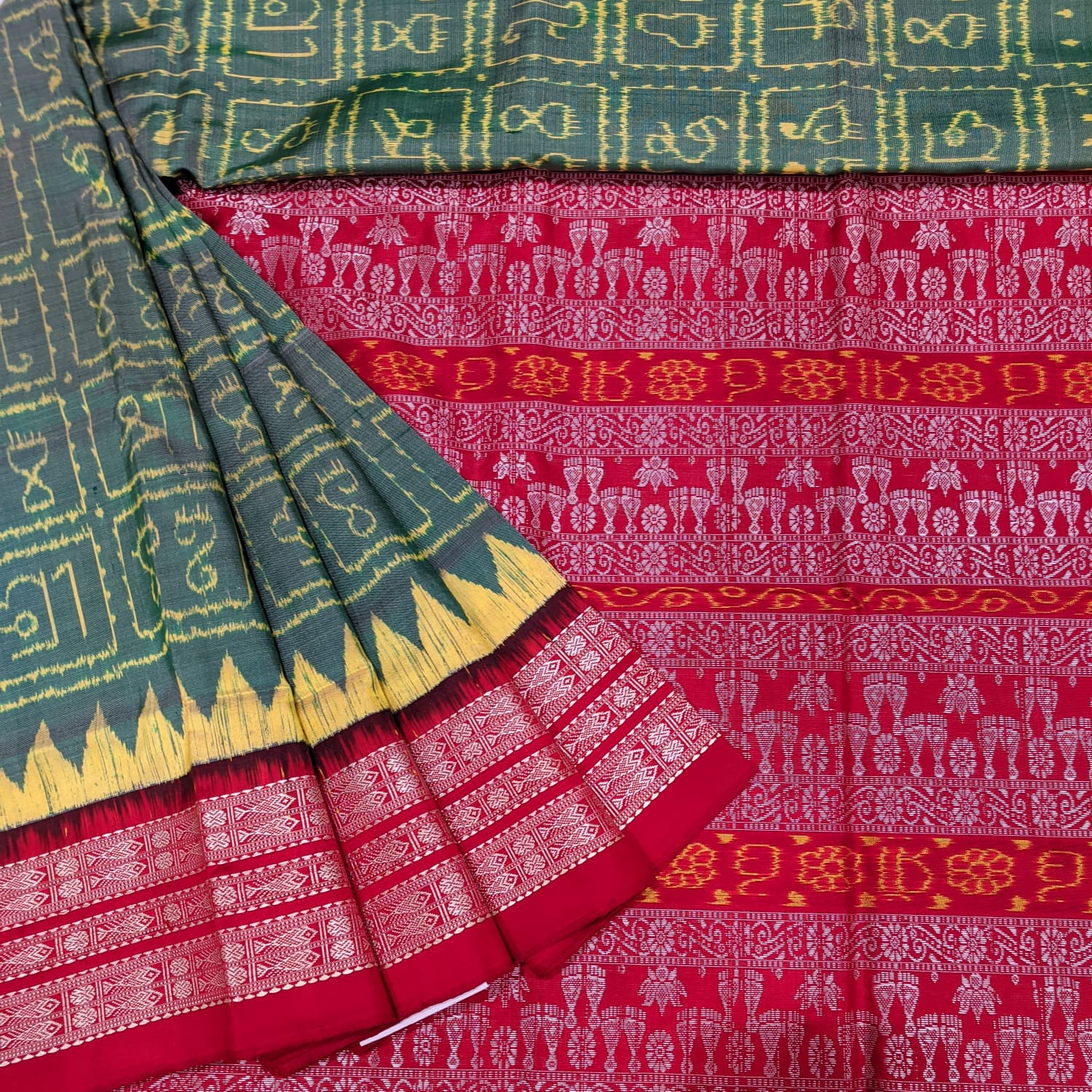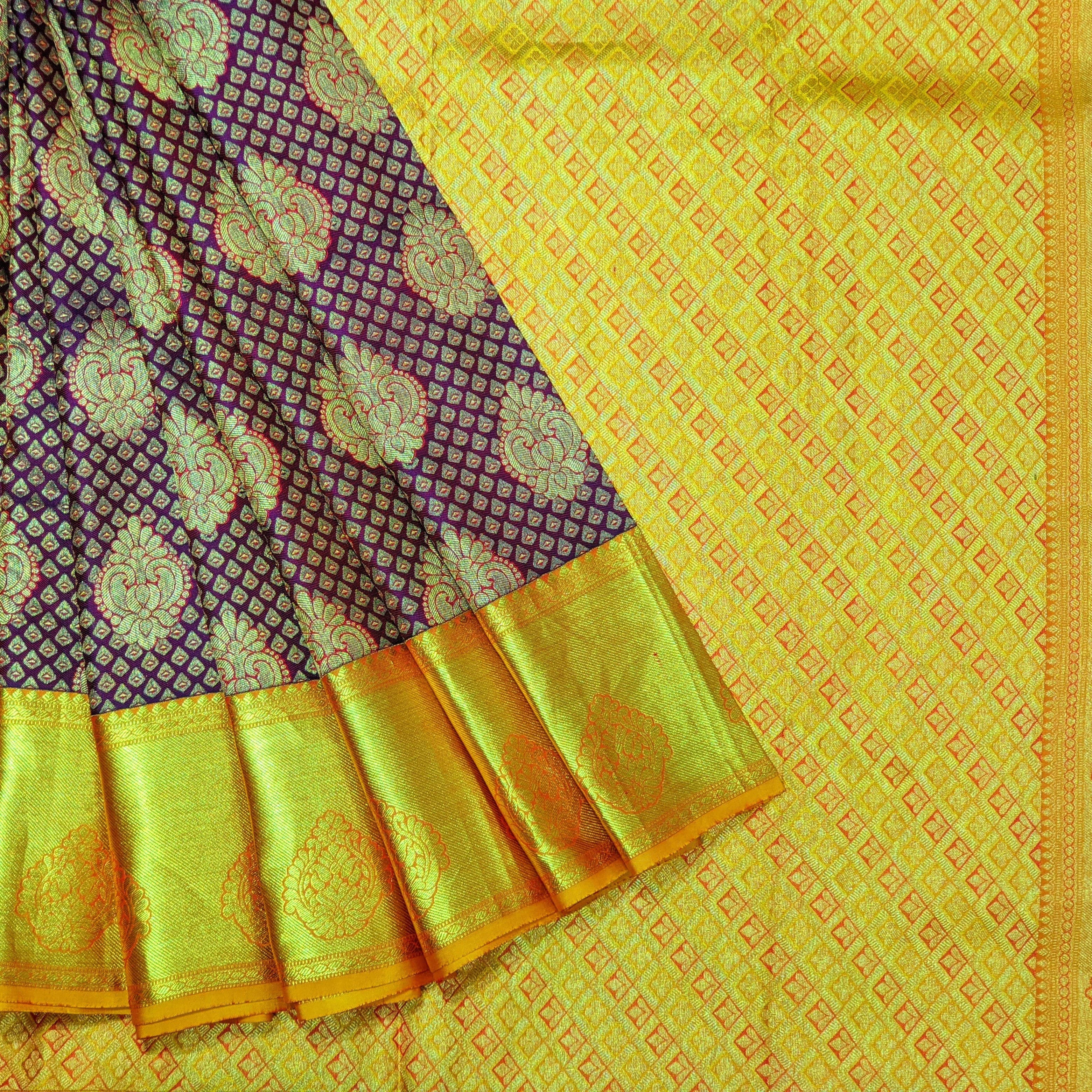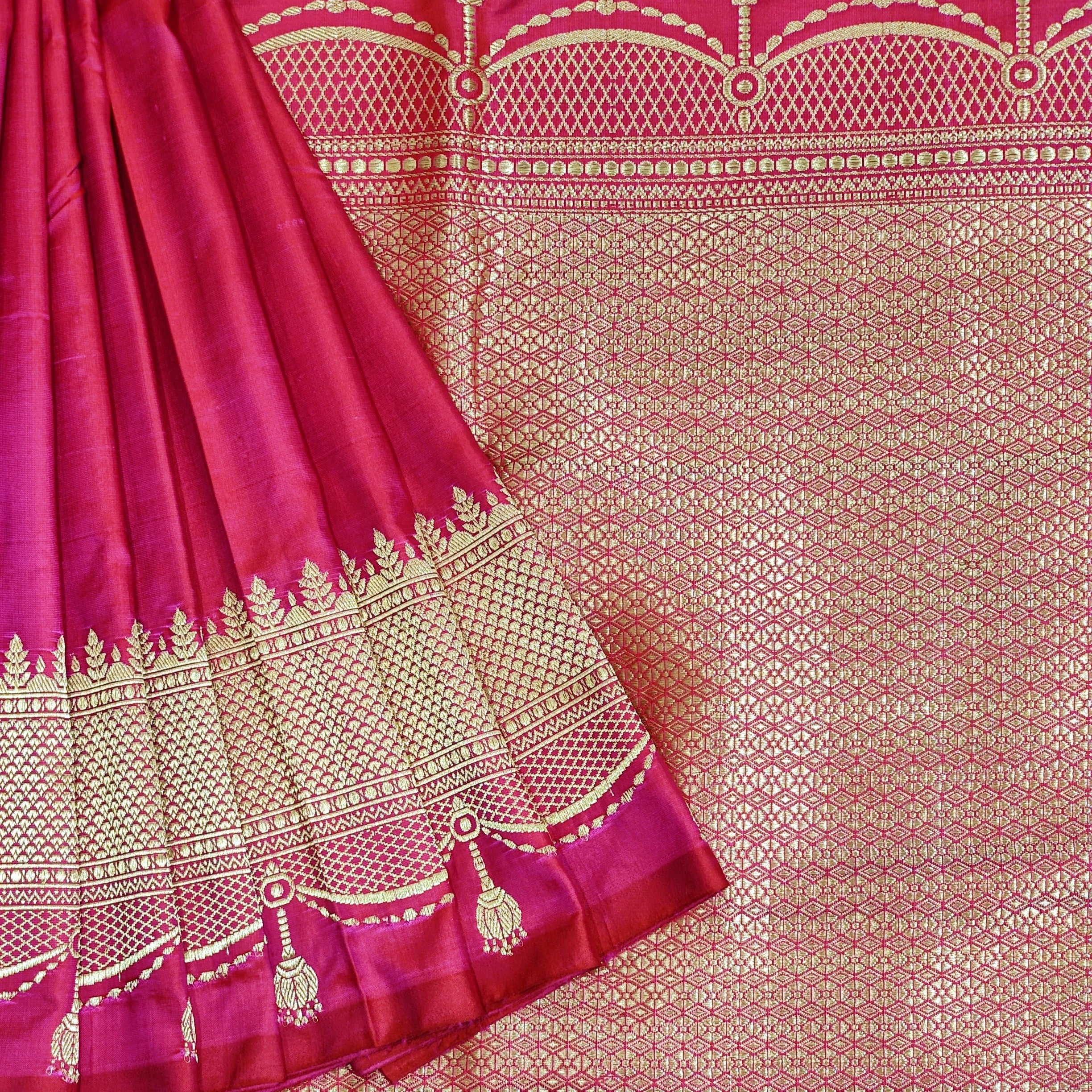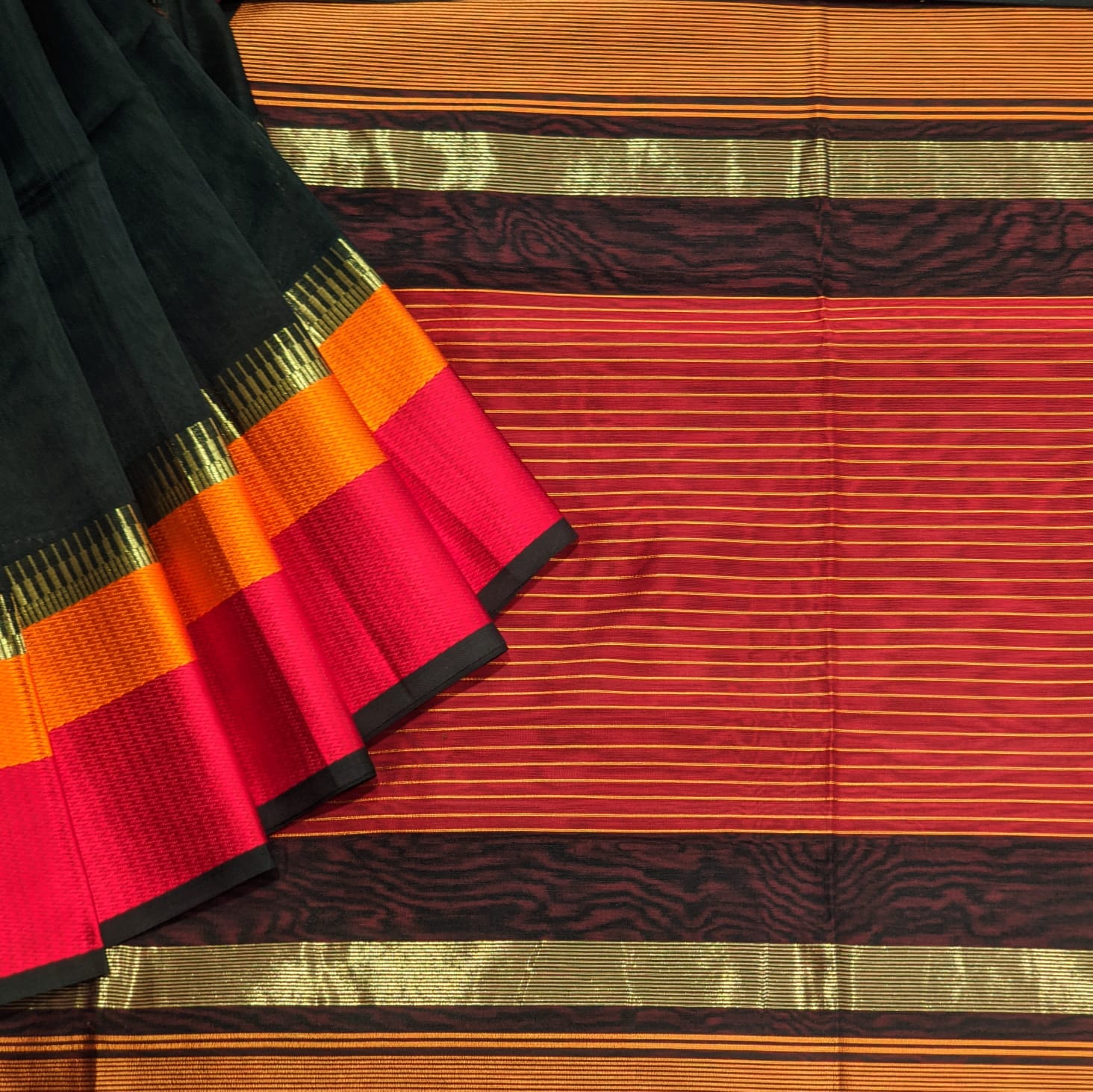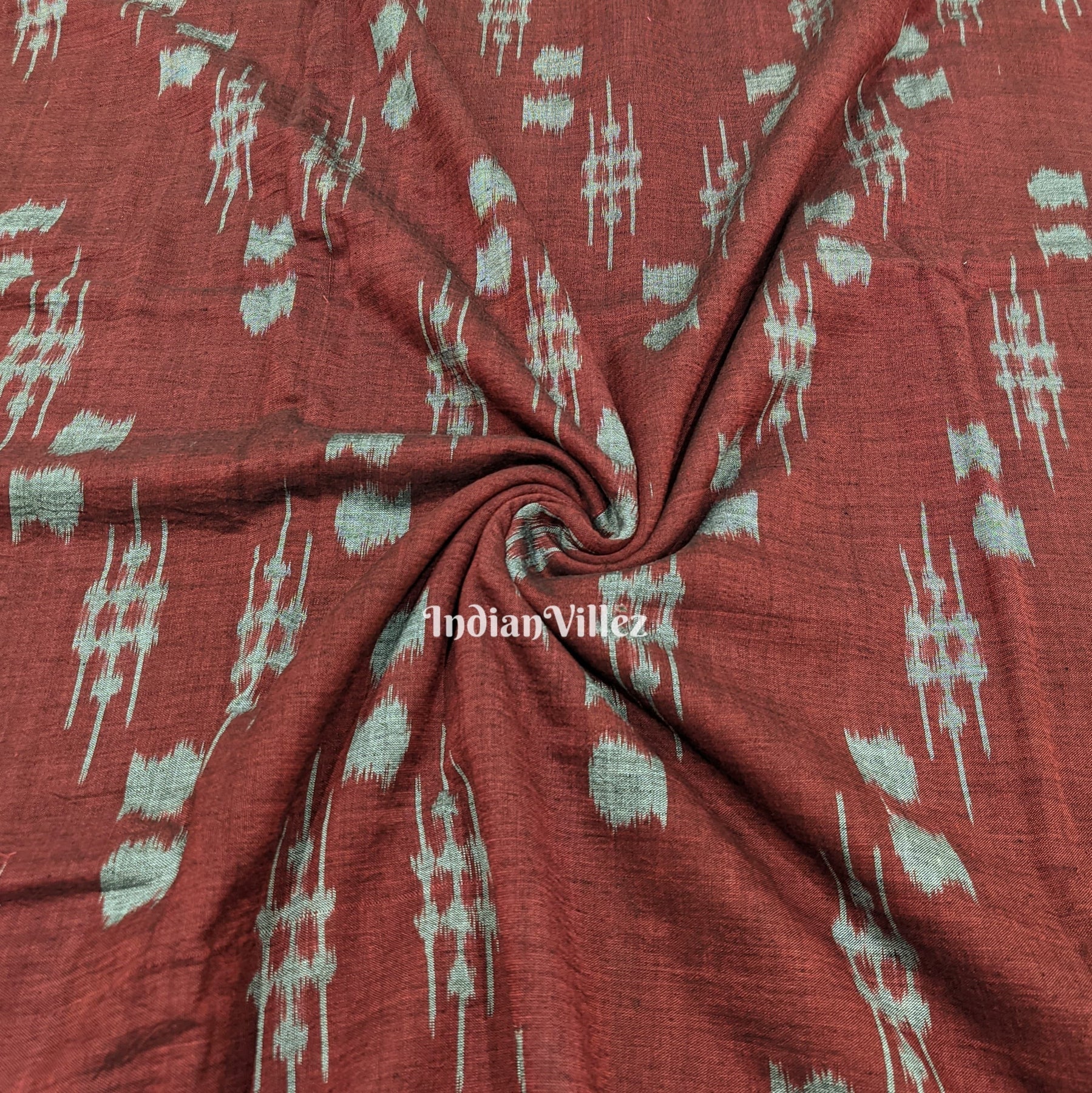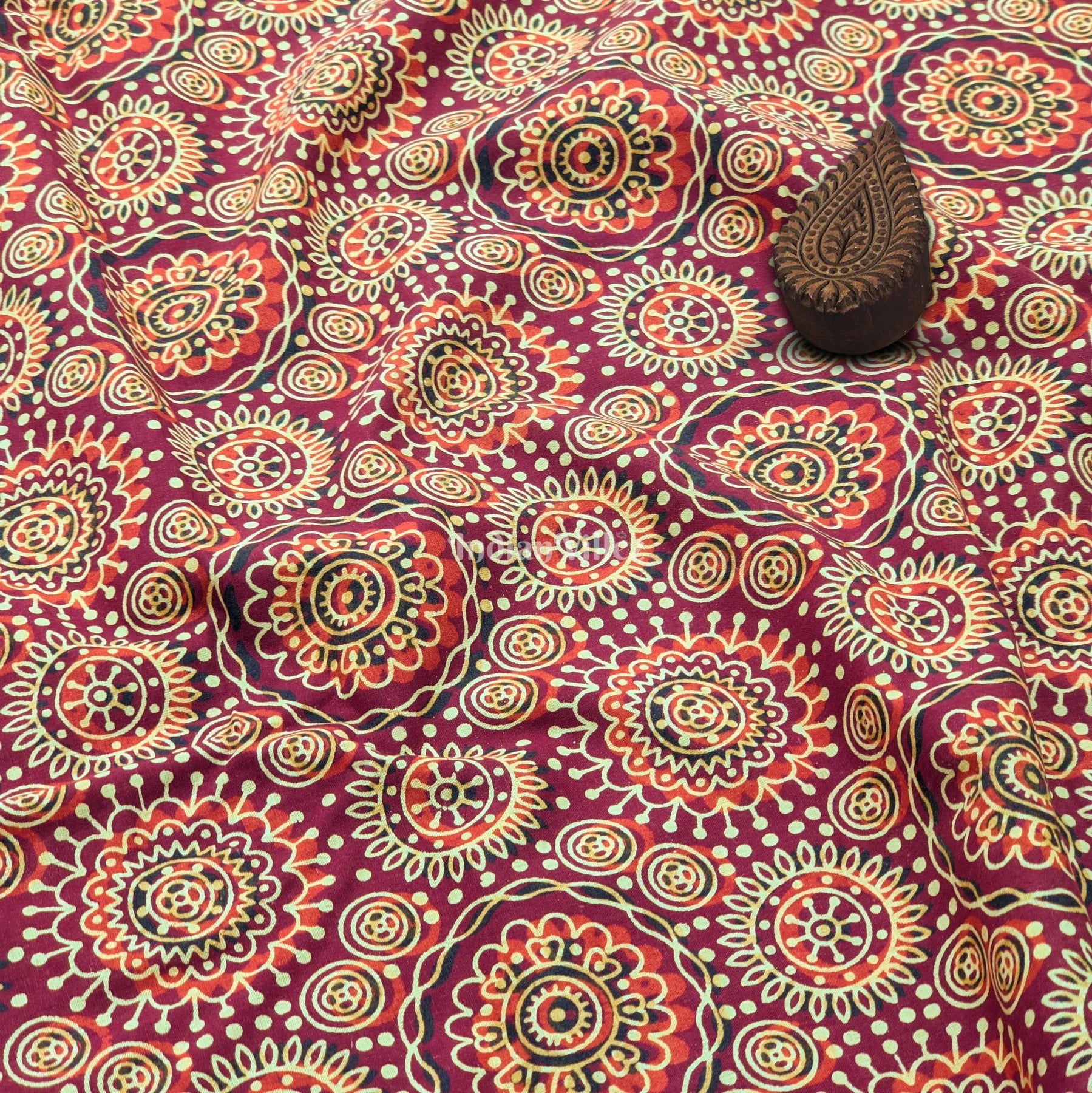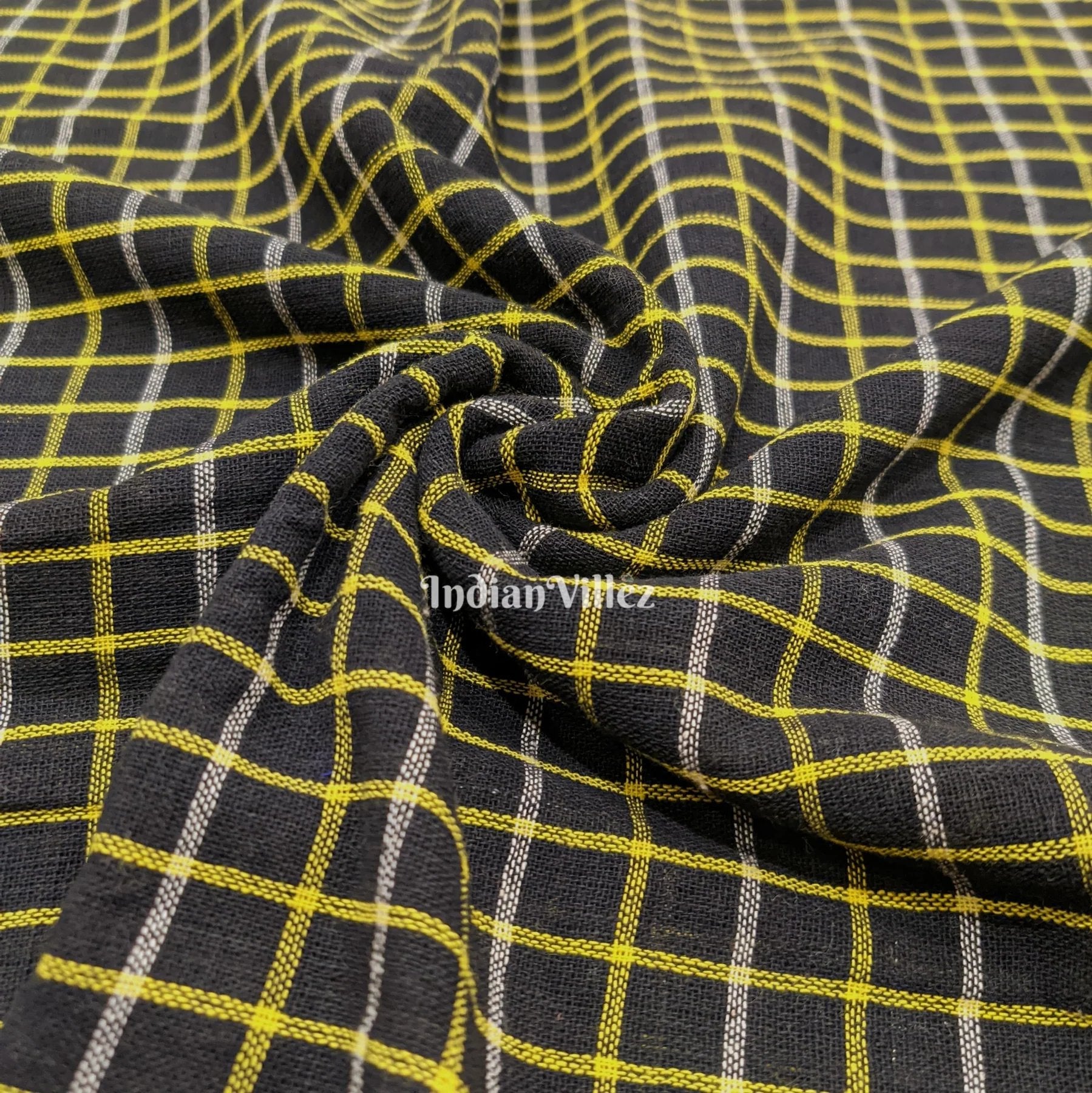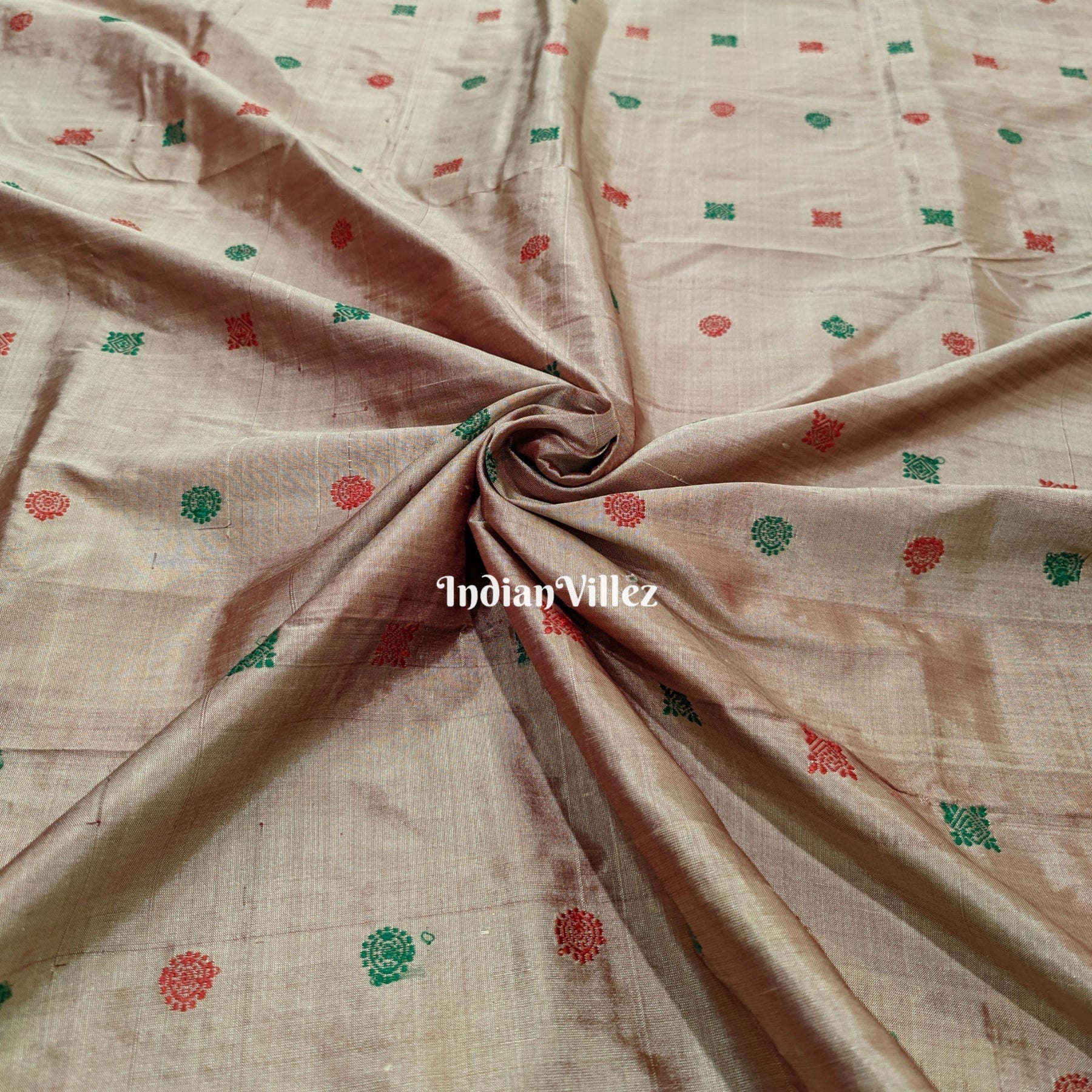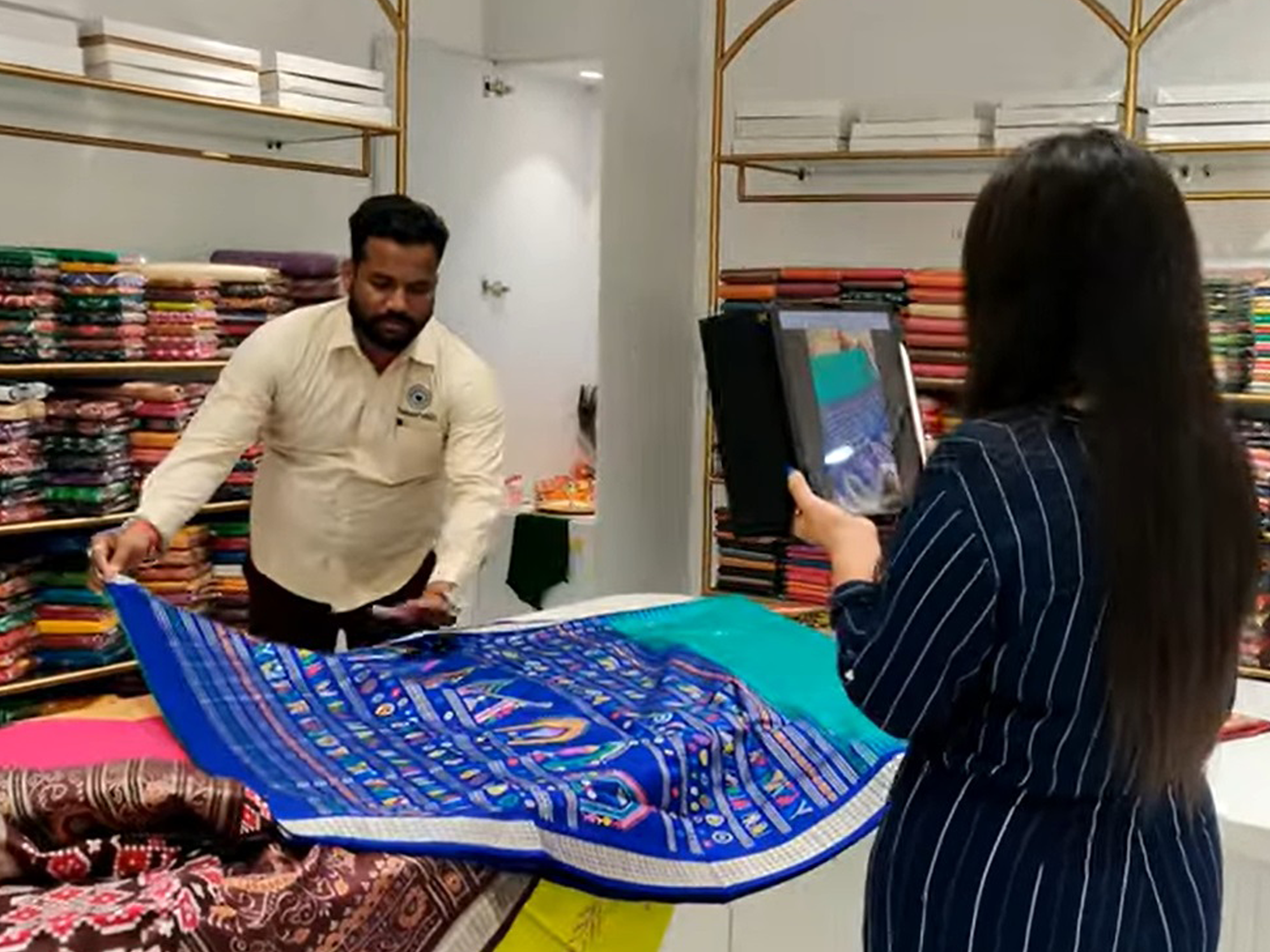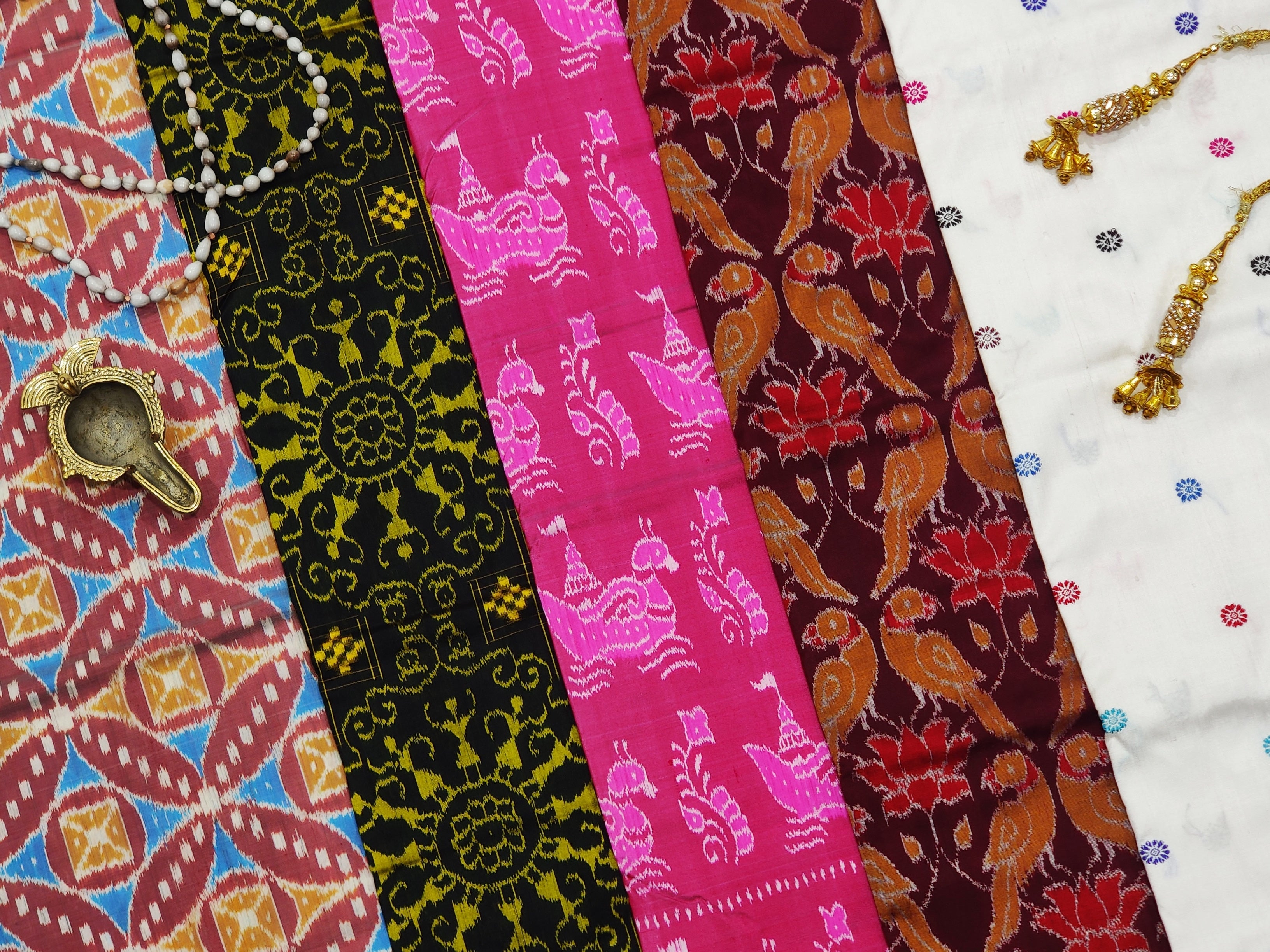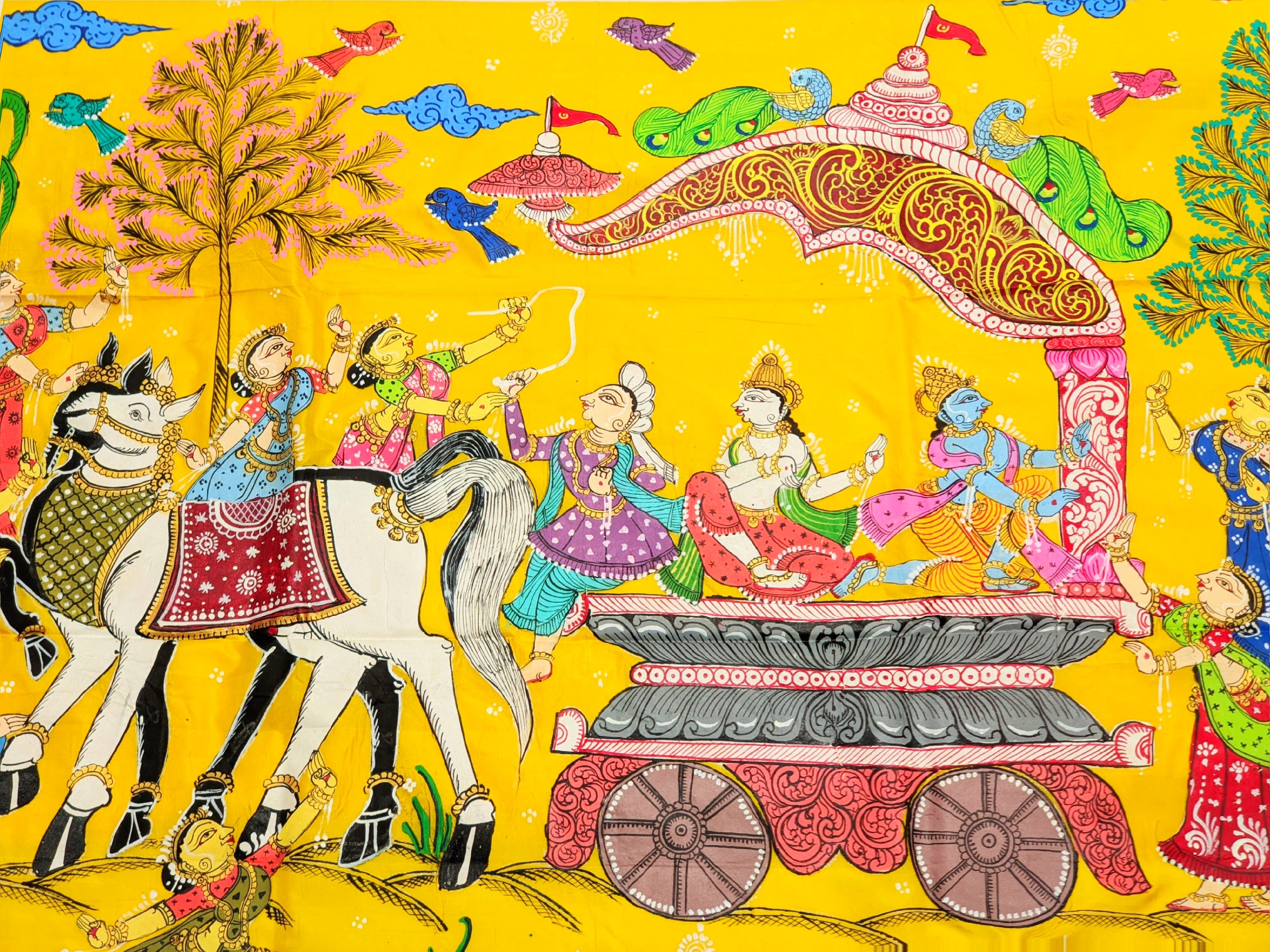
Bomkai Saree
The origin of the Bomkai saree traces back to the 8th century in the village of Bomkai in the Ganjam district of Odisha. It is also known as the Sonepuri saree or Sambalpuri Bomkai Saree. It started gaining popularity in the 20th century when it was identified and promoted by the Handloom Development Corporation of Odisha. In 2012, the Bomkai saree received its geographical indication tag from the Geographical Indication Registry of India. Its most distinguishable feature is its contrasting borders and intricate pallu thread work, which makes the Bomkai saree a popular choice for both formal and traditional events.
History of Bomkai Saree
The term Bomkai comes from the amalgamation of two words, namely Bom and Kai. Bom means “loom” and Kai stands for “hand”, and standing true to its name, Bomkai sarees are hand-woven cotton and silk sarees. According to history, it was the Bhanja dynasty that played a pivotal role in the upliftment of development of this art form.
Even though the Bomkai saree originated in Bomkai village, it is mainly produced by the Bhulai community of the Sonepur district, which led to naming it as the Sonepuri saree. Its design is inspired by Odisha mythology and folklore. These motifs are influenced by Hindu culture and depict traditional art and cultural elements including animal and bird motifs, floral motifs, tribal motifs, geometrical designs and mythological motifs.
Initially, it was worn by Brahmins during rituals, but as its popularity grew, people from different classes of society started wearing the Sambalpuri Bomkai saree saree.
Cultural Significance and Popularity
Bomkai sarees in red, gold and black hues have been an inseparable part of every Hindu Odia bride collection since time immemorial. During Raja parba in Odisha, the three-day festival celebrating womanhood, Bomkai pata is gifted by brothers to their sisters. During weddings, brides are bestowed Bomkai by maternal uncles. It has been culturally woven into Odisha’s culture for many centuries. Red and black sarees are offered to goddesses during many rituals.
Additionally, it is also worn by Kathak dancers and is a major attraction in the overall textile industry of India. Eminent personalities like President Draupadi Murmu, Finance Minister Nirmala Sitharaman and Bangladeshi author Taslima Nasreen have been seen wearing Bomkai sarees. Even Aishwarya Rai wore the Bomkai saree during her wedding. It has been presented at many national and international cultural festivals.
Bomkai Design and Weaving
Bomkai silk sarees come in various eye-catching colours like red, sea blue, green and yellow. These are double-shaded, which provides it with a royal look. These contrasting colours have been the USP for Bomkai. Additionally, the borders are filled with attractive motifs including geometrical designs, animals, birds, plants and mythological images, whereas the pallu is decorated with intricate and complex designs. These sarees tell the stories and cultures of different places like Sonepur and Barpali
Both cotton and silk fabrics are used. The cotton is locally sourced, whereas the silk is sourced from other parts of the country. The fabric is created by weaving the extra weft in a pit loom. Dyeing, dressing and weaving are the primary steps, and both the weft and wrap techniques are used. The Ikat method is employed, wherein the threads are dyed in a certain pattern and then woven. The Jala technique, a combination of loops and knots, is used by artisans to prepare the saree. In this, the designs are hand-drawn and this is seeded into the jala to create intricate designs on the Bomkai silk saree. Weaving these sarees is a time-consuming process and can last up to 12-14 days.
Taking Care of Bomkai Patta Saree
- Before washing your Sambalpuri Bomkai Pata sarees with soap, keep them soaked in salt water for some time but not for a longer duration.
- Use good quality, mild detergents to hand wash your sarees. Do not use dyes, bleach, or harsh stain removers on delicate Bomkai handlooms.
- Petrol and talcum powder can be used for stain removal or else dry cleaning would be the best option for handloom sarees like Bomkai.
- Try to keep the handloom sarees away from direct sunlight when drying a saree as it might lead to fabric discoloration rather than dry it in partial shade.
- Do not wring the Bomkai Pata saree, rather wrap the saree in clean, absorbent, light-colored towels and press it gently.
- Change saree folds to avoid creases that can wear and tear the soft and beautiful Bomkai fabric.
- Store these Sambalpuri Bomkai patta sarees in a less humid place.

